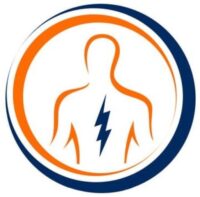Boutonniere deformity is also called ‘Buttonhole deformity’, as Boutonniere in french means buttonhole. It is a medical condition in which there is flexion of the PIP joint (proximal interphalangeal joint) and extension of the DIP joint (distal interphalangeal joint). It happens due to the disruption of the central slip tendon and often damage to the volar plate. This deformity is commonly seen in rheumatoid arthritis.
There is a rupture of the extensor of the PIP joint, which results in muscular imbalance. Therefore, flexor digitorum superficialis pulls the PIP into flexion. Due to this, there is tension in the common extensor tendon, that pulls the DIP into extension.
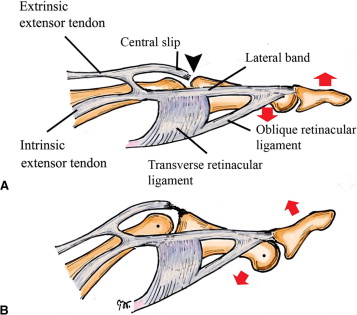
ICD-9-CM CODES
736.21 Boutonniere deformity
ICD-10-CM CODES
M20.021 Boutonniere deformity of right finger
M20.022 Boutonniere deformity of left finger
M20.029 Boutonniere deformity of unspecified finger
Boutonniere deformity classification:
I: Mild extension lag; passively correctable
II: Moderate extension lag; passively correctable
III: Mild flexion contracture
IV: Advanced flexion contracture
Causes:
- A forceful blow to a flexed finger
- Rheumatoid arthritis
- Central slip tendon injury
- Joint arthritis
- Burns
- Nerve damage
- Infection
- Osteoarthritis
Clinical Features of Boutonniere Deformity:
- Difficulty and pain while grasping
- Inability in the extension of the finger
- PIP flexion
- DIP hyperextension
- Inflammation around the joint
- Pain, swelling, and redness will also be there
- Stiff joints
Diagnosis:
- Diagnosis is mainly done by clinical examination with the help of a special test (ELSON TEST)
ELSON TEST
- This test is used to evaluate the integrity of the central slip of the hand.
- The patient flexes the PIP joint to 90 degrees over the edge of a table. The patient is then asked to extend the DIP joint. During this, the examiner will palpate the middle phalanx.
- The absence of extension force at the PIP joint and fixed extension of the DIP joint, indicate the positive test i.e., complete rupture of central slip.
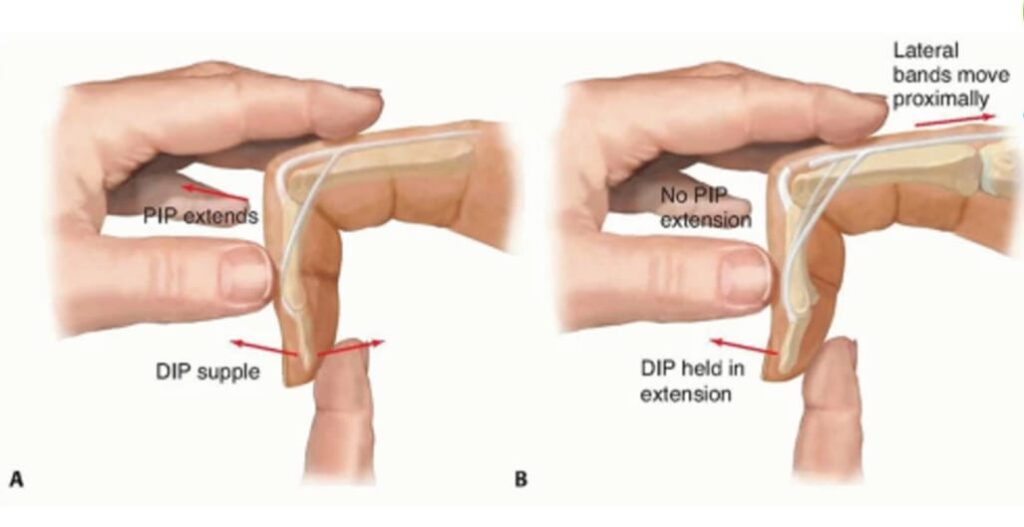
MODIFIED ELSON TEST
- For this test, the patient’s injured finger is flexed to 90 degrees at the PIP joint and made to push against the PIP joint of the same finger of the opposite hand.
- The patient is then asked to extend his DIP joint.
- If both the DIPs are symmetrically flexed then it is normal.
- In case of a central slip injury, the injured finger will extend more.
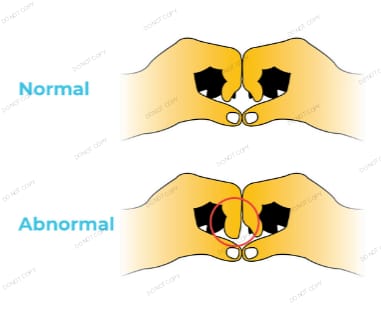
2. With the help of an x-ray.
3. Range of motion assessment
Differential Diagnosis:
- Gout
- Fracture
- Mallet finger
- PIP joint flexion contracture
Treatment:
MEDICATIONS:
- Anti-inflammatory
- Corticosteroid injection
Physical Therapy Intervention for Boutonniere Deformity:
- Rest in case of inflammation.
- Splint or brace
- In case of swelling, apply ice.
- Address pain,
- Ice
- Massage
- Joint mobilization
- Electrical stimulation
- Infrared
Splint Schedule & Exercises:
WHY SHOULD I WEAR THE SPLINT?
- A splint must be applied to keep the PIP joint in extension and to avoid hyperextension at the DIP joint. Incorrect splinting can lead to a permanent flexion deformity of the PIP joint which is painful and irritating.
- Scar tissue can form in the gap between the tendon ends.
WHEN SHOULD I WEAR THE SPLINT?
- Wear your splint the whole day for at least 6 weeks. (until the tendon has healed)
- Always wear the splint while using your fingers for any kind of activity and even when you are asleep.
- Only take it out to wash your finger or splint. KEEP YOUR MIDDLE JOINT STRAIGHT WHILE THE SPLINT IS OFF.
WHAT KIND OF SPLINT SHOULD I WEAR?
Which splint is right for you is up to your therapist. Talk to your therapist about which splint should you wear.
3-Point extension splint
In this type of splint, the top pad rests on the PIP joint. The two bottom pads will go under the middle phalanx and the large knuckle.
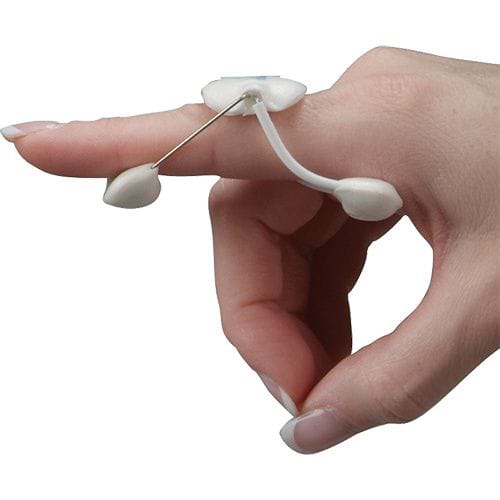
Custom splint
This splint will stop the PIP joint from flexion. Strap or tape the splint on both sides of the middle joint.
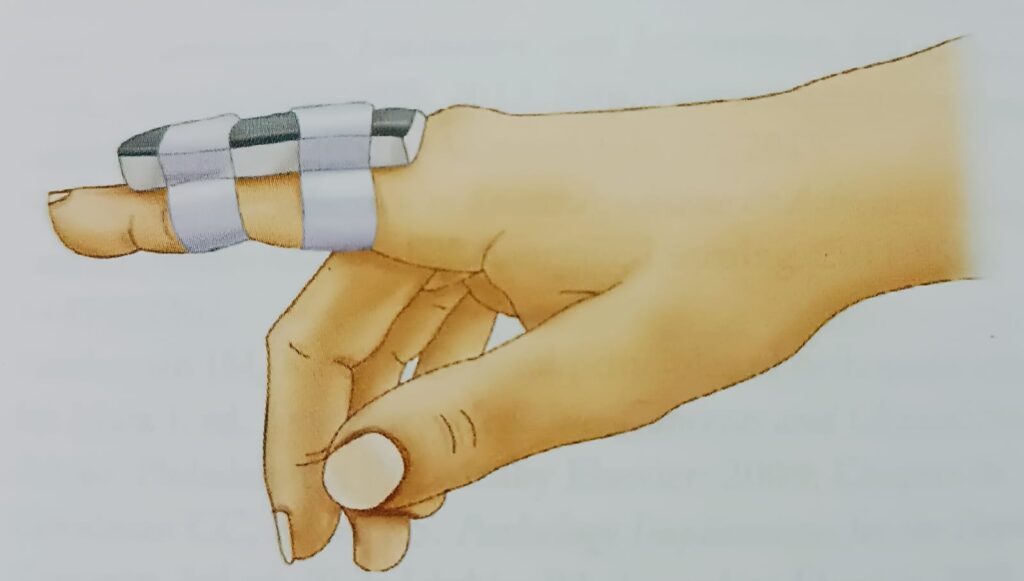
WHAT EXERCISES WILL HELP?
Exercise 1: (With splint on)
Fingertip bending: With the splint on, bend the fingertip. Use your other hand to keep the middle phalanx straight.
Do 30 reps of this exercise 5-6 times a day.
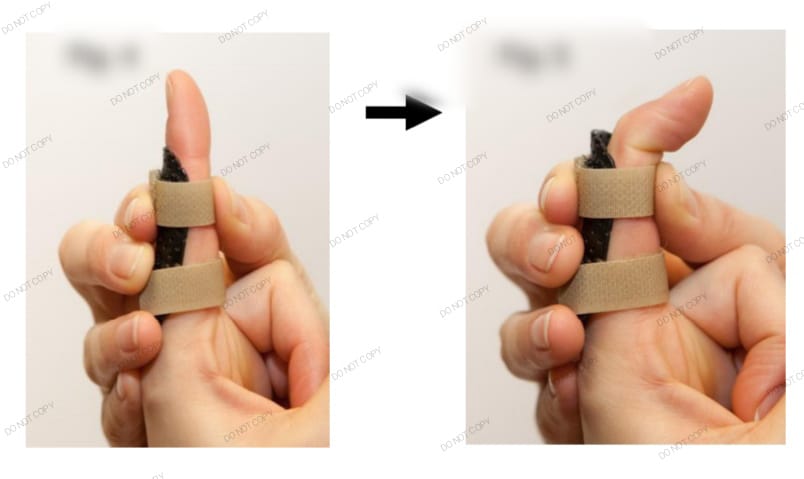
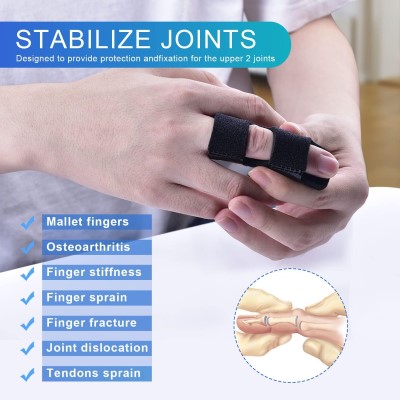
Exercise 2: (with the splint on)
Knuckle bending: First, keep your fingers straight. Then slowly bend and straighten your fingers from the knuckles (MCP joint). Do 20 reps 5-6 times a day.
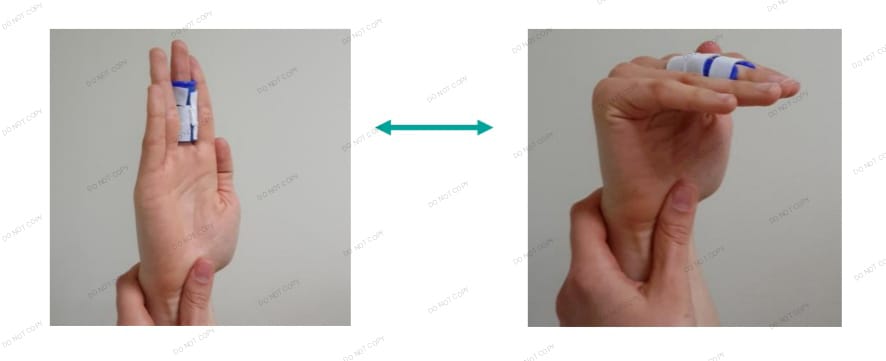
Exercise 3: (after 6-8 weeks)
Full fist and straightening: Slowly make a full fist and then straighten your fingers. Repeat this 20 times every 3-4 hours.
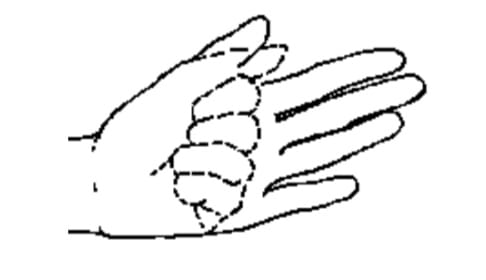
- After 6-8 weeks, you will be advised to remove the splint and begin gentle exercises.
- You should wear the splint at night and even after 6-8 weeks for 2-4 weeks.
- Always monitor your finger and if you have any issues, contact your physiotherapist.

ALL THE BEST!
